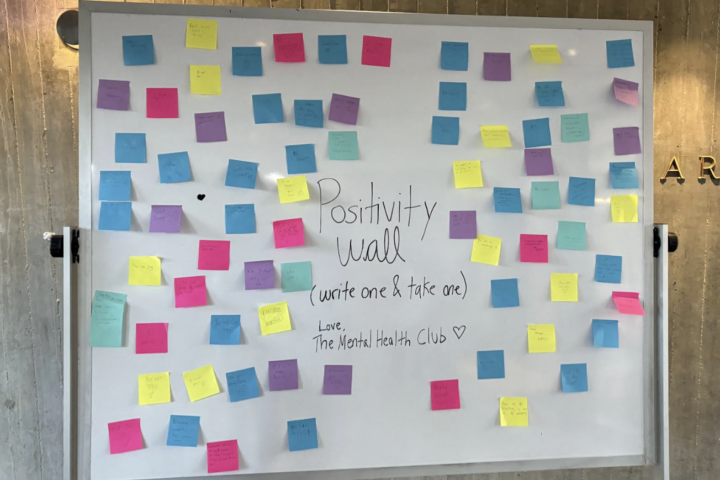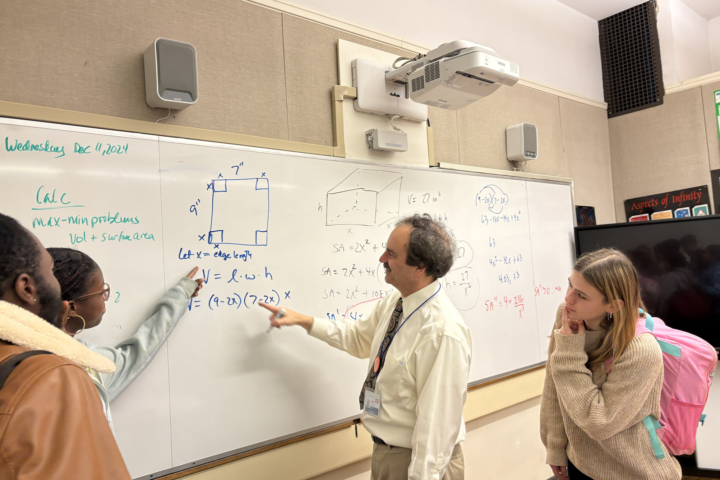While it is easy to panic and think of this disease as a curse coming after the entire human race, it is smarter to learn the science, its origins, its proper name and how it manifests in our bodies.
As for its proper name, the virus is called SARS-CoV-2 and the consequent disease, Covid-19. The term, coronavirus, originated from its crown-like appearance since corona translates to crown in Latin. There are many different types of coronaviruses and all of them originate in animals. “SARS, for instance, was transmitted from civet cats to humans while MERS jumped to humans from a camel. SARS-CoV-2 originated in a food market in Wuhan and subsequently spread from animal to human although it is unclear what animal it originated from although both bats and pangolins have been implicated,” said Paul Church.
What makes SARS-CoV-2 different from previous coronaviruses is its incubation period and mortality rate. The good news is that the fatality rate is much lower, but the bad news is that it is extremely powerful at infecting others. “It seems that it has a much lower fatality rate (SARS-CoV killed about 10% of people it infected) but it also has a longer incubation period and people are infectious before they show symptoms, if they show symptoms at all, which makes it much harder to track and contain,” said Katherine Kartheiser. While the 2003 SARS-CoV had an incubation period of 4 to 5 days, the current virus has an incubation period of 2 to 14 days.
Another unfortunate difference is that the SARS-CoV-2 proteins are better at infecting cells. “So you have a bit of a double whammy there — both better at getting into host cells and also better at “staying secret” while spreadable so that people are spreading it unknowingly,” said Kartheiser.
Once the virus enters your body, it is able to take over one of your cells as its host cell and replicate itself. “At that point, the host cell is used as a “virus factory” to make more virus RNA and also the necessary viral proteins. Each host cell continues to produce viruses, that can each go infect other cells, until it eventually dies, ” said Kartheiser
The presence of cell death and debris eventually activates the immune system leading to ‘leaky’ blood vessels as well as an increased blood flow to the infected area. “When this goes too far, this can lead to the lungs filling up with fluid – this is what is likely leading to some of the most severe cases,” said Kartheiser. It becomes especially harmful to those with compromised immune systems or pre-existing conditions.
“Immune system function tends to decrease as we age but also you could be immune compromised for other reasons. You could have just undergone cancer treatment that obliterated your immune cells, or maybe you got an organ transplant and you have to take immunosuppressors to stop your body from attacking the organ to name just two reasons. But we are also seeing some people develop severe illnesses who are not elderly or immune-compromised, and don’t have pre-existing conditions,” said Kartheiser.
In terms of testing, Church says that there are currently two tests: one that tests for antibodies and the other for the virus itself. “The tests they are doing now are looking for active viruses in people’s blood. This determines who has the virus, whether they have symptoms or not. But in the long run, the testing is going to be for antibodies,” said Church.
Church explained that, “If you have been exposed to the virus – whether you show symptoms or not – you will make antibodies and something called memory cells. These memory cells will make you immune to getting sick from this virus in the future so anyone with antibodies would be safe to go back to work. Ultimately when they develop a vaccine, this will help you to develop antibodies and memory cells and thus protect you from the virus.”.
No one knows how this epidemic will progress. According to Church, it will depend on contagion level, peoples compliance with the CDC recommendations, and how quickly a vaccine can be developed. However, even if we do follow the rules, the results will be daunting – Church says that it is likely that 100,000 to 200,000 Americans will die. “So take this pandemic very seriously, but do not panic,” said Church.
Rather than worrying about the stakes, it is pivotal that we focus on the now and doing the most we can to take care of all of those in need. “We shouldn’t be surprised to see news of more infections daily. We also can be fairly certain of what will happen if we ignore public health officials and don’t wash our hands or don’t socially isolate, we will see faster spread of the virus which will overwhelm the hospital system,” said Kartheiser.
“In Italy, there was a huge spike in cases in a short period of time. Hospitals ran out of beds and basic supplies resulting in many unnecessary deaths. A flatter curve assumes the same number of people ultimately get infected, but over a longer period of time so that our hospitals are not overwhelmed,” said Church.
Although this epidemic can seem uncontrollable, it is ultimately up to us to play a part. Kartheiser said, “We are playing a team sport called: protect our healthcare system and workers. This is a team sport. I can’t do this without you and you can’t do this without me. So everyone in the community has to pull their weight and do what they can to slow the spread.”





